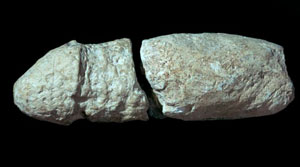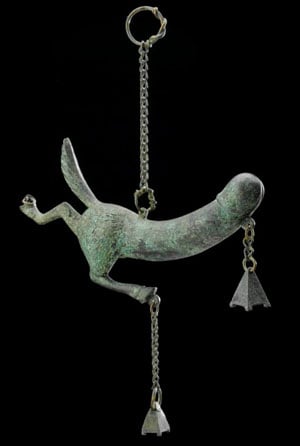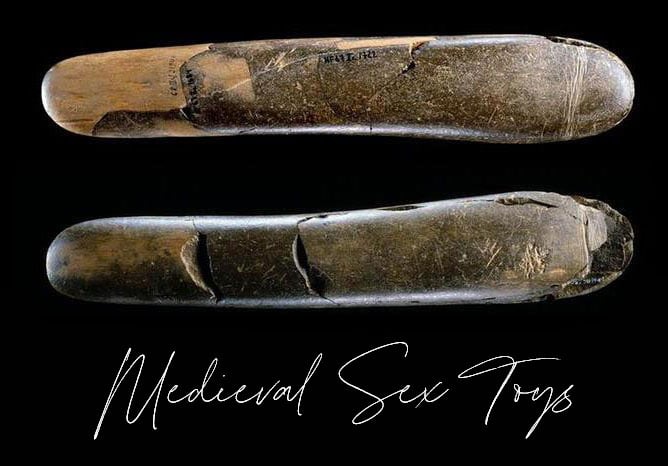When we think about history of sex toys, we tend to think that they are a modern invention. After all, until very recently they were still incredibly taboo, and the sort of thing that only ever showed up in media as a punchline in movies and sitcoms. While the harnessing of electricity certainly means we now have a range of different sex toys to enjoy, there is actually a long history of sexual aids as far back as the ancient period. It turns out that as long as people have been having sex, they have been hoping to spice it up.

Meanwhile, in ancient China we have actual surviving dildos as testament to their popularity. We have found numerous dildos in tombs from the Han dynasty (206 BCE to 220 CE) that leave us in no doubt what they were used for. The gorgeous bronze dildos usually survive to us in the tombs of the very elite. Those that we have found seem to all be bespoke and made to very particular standards. Some also seem to indicate that they could perhaps be used as strap ons, with appendages that look like they are meant to be held in place with leather or silk thongs.
As time went on and the world entered the medieval period, back over in Europe the Church attempted to persuade people that the pleasures of sex were to be resisted. Better, they thought, to keep sex as fast and dull as possible, and only engage in it for the purposes of recreation. This did not happen. In fact, we know that dildos remained popular because of all the work that priests did trying to get people to stop using them.
One such case is the penitential of Bishop Burchard of Worms (c. 950-1025). Written in the late tenth or early eleventh century the penitential was a guidebook for priests hearing confession. It told them what penances they should give for various sins, and also gave them questions to ask their parishioners. One such question was, “Have you done what certain women are accustomed to do, that is, to make some sort of device or implement in the shape of the male member, of the size to match your desire”? In other words, have you made a dildo? Further, he says priests should ask “have you fastened it to the area of your genitals or those of another with some form of fastenings and you have fornicated with other women, or others have done with a similar instrument or another sort with you?” That is, did you then take the dildo and use it as a strap on with other women?

Unfortunately, we don’t have a lot of European examples which survive to us because of the sex-negative culture of medieval Europe. This is perhaps understandable. Even now, it would be rare to hand a dildo down to a loved one, as they are highly personal objects. When owning and using one was considered a sin that brought on several years of penance it meant that dildos were destroyed in order to preserve the reputations of their owners when they were no longer useful, or when their owner died.
Of course, in the Confucian, Buddhist, and Taoist milieu of China, these same problems did not exist. The Chinese view of sex was that it was rather fun, and medieval China didn’t trouble itself with sexual prohibitions the way the Christian world did. As a result, medieval Chinese people indulged in same sex relationships, were commonly polyamorous, and had some really nice sex toys that they thought were worth keeping. While dildos remained popular, we have also found a number of extremely beautiful cock rings. We think that the number of surviving cock rings, especially from royal collections, reflects the sexual anxieties of the elite. When one is an Emperor facing sex with at times literally thousands of women from their wife, to the concubines, down to the palace maidens, keeping a penis hard becomes a major priority. Thus, gorgeous examples of cock rings can be found, especially dating to the Ming period (1368-1644). One does suppose that if one owned an elaborate jade or ivory sex toy like these, and encrusted it with jewels, one wouldn’t mind people knowing about it a few centuries later.
Overall then, sex toys are nothing new. The only reason we treat them as something modern is that it isn’t until recently that we in the West got comfortable with talking about them again. Whether or not people were “supposed” to be enhancing their sex lives, they always have been. You just need to look for the clues.



